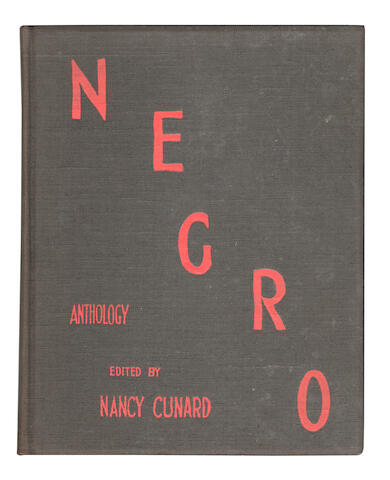I finished Hurston’s Jonah’s Gourd Vine yesterday. Maybe the point of the book or at least its title is that we lead charmed lives under the shadow of the gourd vine until we don’t.
The glossary did not reveal much to me. I had already figured out most of the phrases and words from context. I do this with Shakespeare. I try not to look at footnotes unless I have a question. Often the question I might have isn’t there in the footnotes.
I also found that Hurston’s novel had notes in the back as well as the glossary. From the notes I learned that the wonderful sermon that Rev Pearson preaches is a transcription of one Hurston heard. Specifically it was preached by the Reverend C. C. Lovelace in Eau Gallie, Florida on May 1, 1929.

In fact, the same year Johah’s Gourd Vine was published, Hurston published the sermon in Negro edited by Nancy Cunard.
In my American Library edition, there is a chronology of Hurston’s life. The chronology was more revealing than the Wikipedia article or other references I have read about her life. She struggled financially throughout her life not just at the end of it. But she seems to have maintained her art of writing right up until the end of her life, working on projects like a life of Herod and submitting articles for the Black newspaper The Fort Pierce Chronicle.

Before she and Langston Hughes had their parting of ways, they were traveling together in 1937. The chronology says that Hurston accidentally ran into Hughes in Mobile, Alabama then drives him in her car to New York. On the way, they stopped at the Tuskegee Institute and visited the grave of Booker t. Washington. In Macon, Georgia they saw Bessie Smith perform and visit her in her hotel room.

This trip seems to be an eye opening one for the city slicker Hughes. Hurston not only had a background from the south, she had pursued her career of anthropology there. In 1935 she joined Alan Lomax and Mary Elizabeth Barnicle for a trip throughout the south. They made recordings for the Library of Congress. Afterward, the chronology adds, Lomax credits Hurston with being “almost entirely responsible for the success” of the first part of the expedition.
I was tickled to see that in 1937 Hurston suggests to the Guggenheim Foundation that it “fund a college of African-American music, with lectures by Duke Ellington, Fats Waller, Louis Armstrong, singer Ethel Waters, and the tap dancer, Bill Robinson.”
What a school and series of lectures by living treasures that would have been! Apparently nothing came of it.

I also finished the Miles Davis biography, So What: The Life of Miles Davis by John Szwed. This is a fantastic look into the life of an important composer and performer. Szwed gave me more insight into Davis than I had before. He scrupulously documents comments and stories about Davis that demonstrate that he was very different from the many ways he is often portrayed or talked about. Szwed shows him in three dimensions but respectfully acknowledges the parts of any person that are impossible to know.

I’ll end with a quote from Wayne Shorter that comes from an article by Krystian Brodacki, (Jazz Forum 1/1992 (vol. 132), pp24-29)
To sum up Miles, I like to call him an original Batman. He was a crusader for justice and for value. He’d be Miles Dewey Davis III by day, the son of Dr. Davis, and at night he’s in his hard-skin suits with the dark shades and he’s doing his Batman-fighting for truth and justice. But Batman had to be a dual personality, too, like he knew the criminal mind. So Miles, whatever he did that was not criminal but like short-tempered or he cursed everybody out, and when he was younger he’d hit somebody, or like they say Miles treated some woman really bad or something like that … I would say that Bruce Wayne, the guy that played Batman, he was capable of doing that, too, that’s why he was such a good Batman… A pure person does not know what defenses to use against the Vampire!
